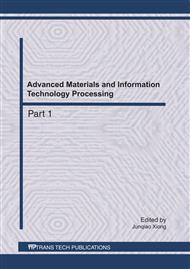p.137
p.144
p.149
p.154
p.158
p.165
p.171
p.177
p.181
Tau and Depth Cues Influence the Position of Braking in Virtual Environment
Abstract:
To investigate whether both the sources of visual information tau cue and depth cue were utilized to guide braking, in the present study we used the virtual reality technology which could decouple the dilation rate of visual object and depth cue. Participants were instructed to park a car to an obstacle as closely as possible and avoid making collision. Results showed: (1) on the condition of same initial distance from car to an obstacle, participants tended to brake in advance on tau speed-up condition, which caused longer distance from braking to an obstacle than on control condition(tau and depth cue couple);While participants tended to postpone braking on tau speed-down condition, which caused the shorter distance from braking to an obstacle than on control condition; (2) On tau speed-up and tau speed-down condition, participants automatically fine-tuned the actual braking position to avoid making collision. These results suggested that both tau cue and depth cue were processed and utilized to direct the behavior of braking by our visual perceptual system.
Info:
Periodical:
Pages:
158-164
Citation:
Online since:
July 2011
Authors:
Price:
Сopyright:
© 2011 Trans Tech Publications Ltd. All Rights Reserved
Share:
Citation:


